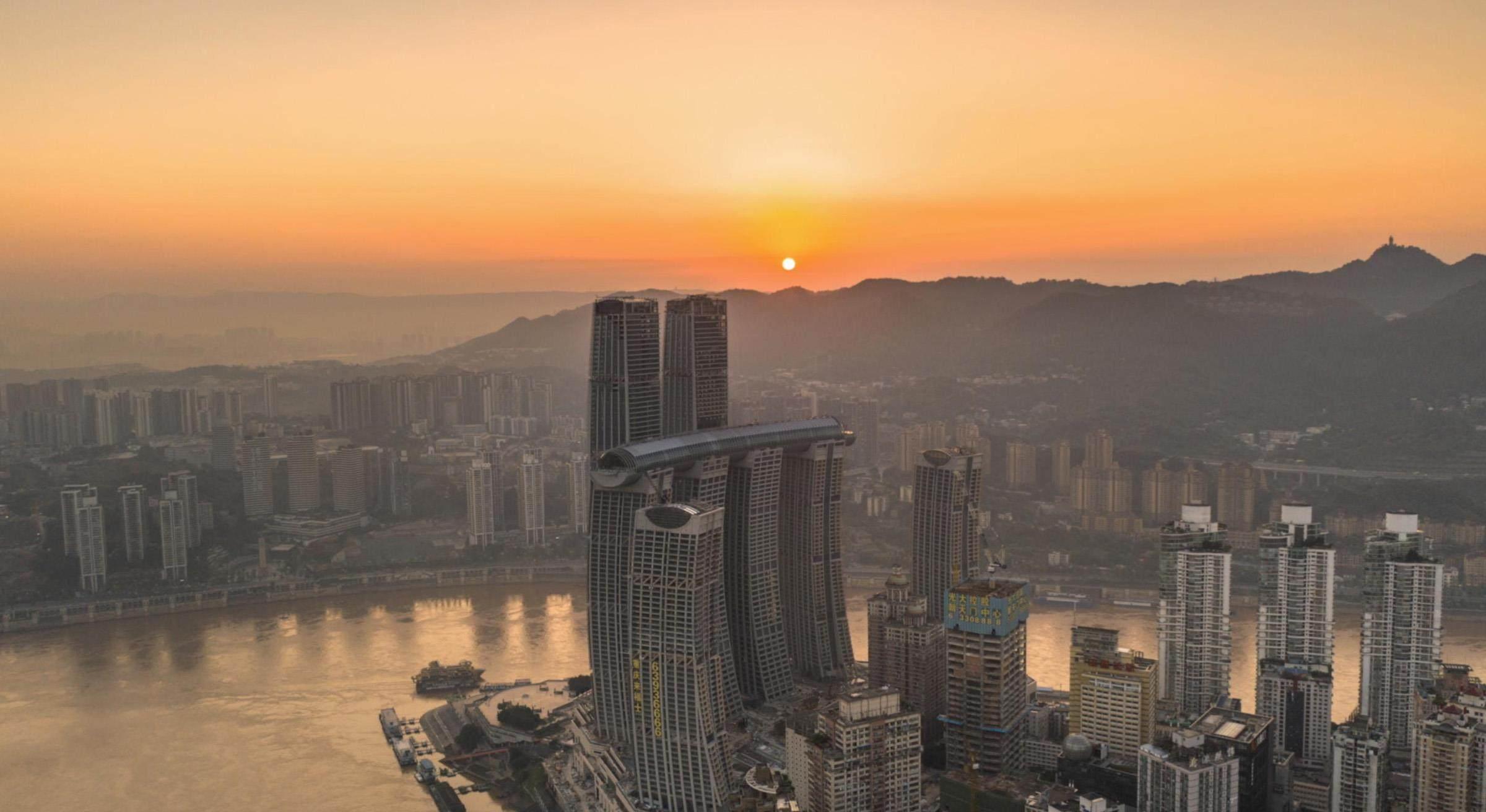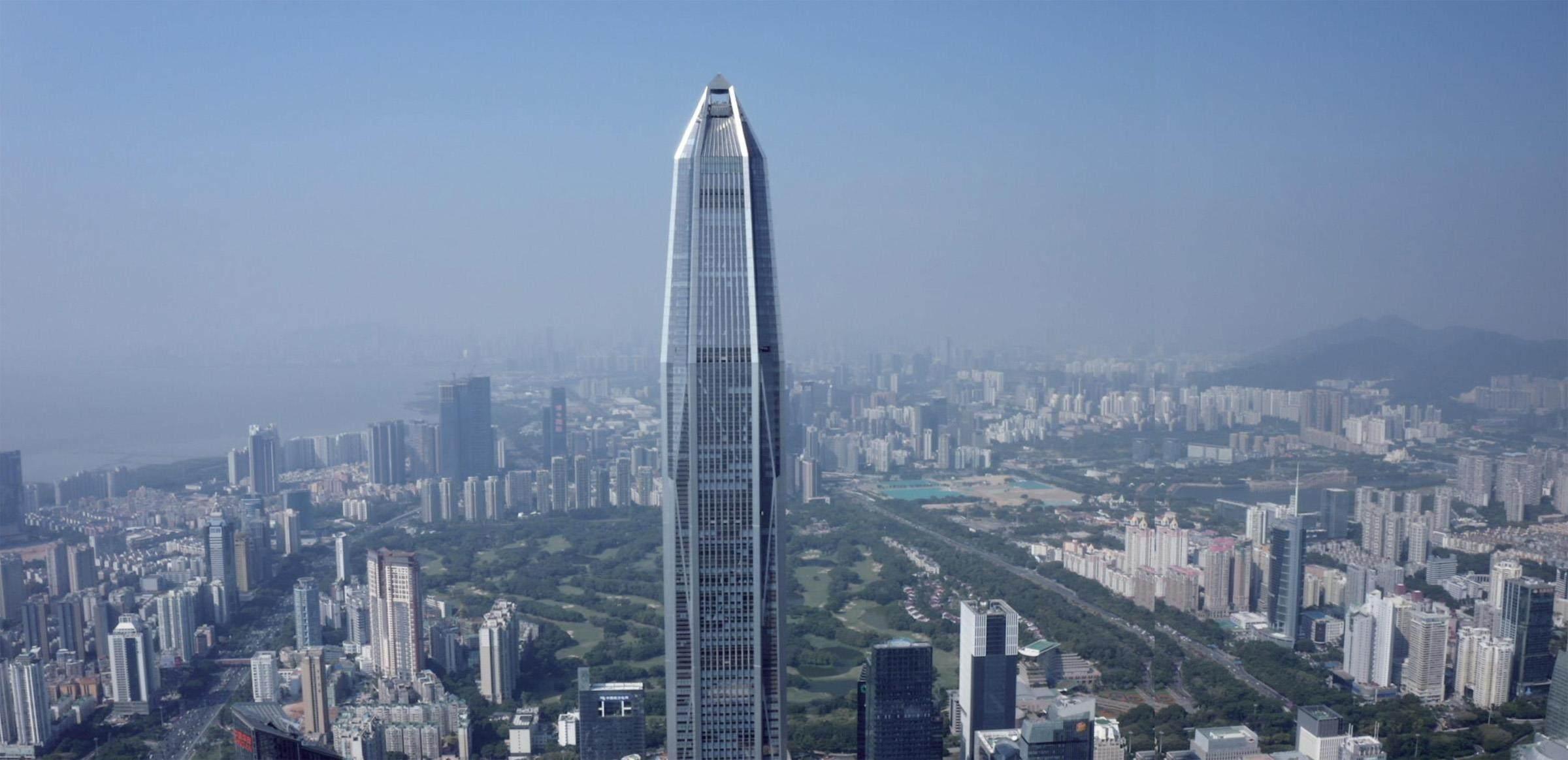Urban Skylines



Remarkable Construction
Compiled by the Financial and Economic Program Center of China Media Group
China Science and Technology Press
April 2023
218.00 (CNY)
China Media Group
China Media Group is a merger of the former China Central Television (CCTV), China Global Television Network (CGTN), the former China National Radio (CNR), and the former China Radio International (CRI). This book is edited by the Economic Program Center of China Media Group (CMG).
This book tells the stories of over 80 new landmarks of China. Through a unique perspective and impactful imagery, it takes readers on an immersive journey inside the architecture and building structures. Based on the transcripts of the documentary series Remarkable Construction, the book creatively combines the stunning engineering footage from the documentary with a collection of technical drawings and images to present a fresh perspective on Chinas construction achievements in written form.
Cities Shining with the Sun and Moon
Rising skyscrapers signify the pent-up energy of a city. They are the steel jungles grown within the thriving economic ecosystem. Currently, China possesses over half of the worlds total number of super-tall buildings, standing at heights exceeding 400 meters. This marks a new height more than 40 years after the beginning of reform and opening up, not only attracting global enthusiasts of vertical marathons to take up the challenge but also propelling the development of this sport in China. Vertical marathons originated from a climbing competition held at the Empire State Building in the United States in 1978. Millions of people worldwide participate each year, racing upwards within city landmarks as if to reach the pinnacle of a wave, ascending to new heights, and marking their presence at the clouds zenith. The runners are the athletes, but also the cities and countries.
Urban super-tall buildings are like waves on the earths surface, representing the relentless advance of urbanization. Looking upwards over the cityscape of Shenzhen, reaching several hundred meters high, a harmonious arrangement of skyscrapers stretches to the horizon. This is Shenzhens urban skyline.
In 1985, Shenzhen completed Chinas first super-tall building — Shenzhen International Trade Centre Building. With 53 stories and a height of 160 meters, as well as the “Shenzhen speed” of adding one floor every three days during construction, the building not only broke the world record for constructing skyscrapers at that time but also demonstrated the confidence of Chinas reform and opening up.
In 2016, another new height emerged — Pingan International Finance Centre. With a main building height of 600 meters, it accommodates nearly 400,000 square meters of office and commercial space, capable of hosting over 15,000 people, yet occupying only 3,800 square meters of land. This construction method maximizes the efficiency of space utilization. With its towering presence, it has become the high point of Shenzhens urban pulse.
The roots of this 600-meter urban height are eight massive underground columns. These columns extend from underground to support the Pingan International Finance Centre. Each column can bear a load exceeding 70,000 tons, equivalent to the displacement of a PLAN Liaoning. The eight columns together bear the weight of 600,000 tons of the building, making them Chinas largest engineering piles. Behind the buildings glass curtain walls, seven circular steel trusses form a supportive embrace around the eight columns, collectively creating a highly resilient structural core, enhancing the buildings strength.
Architects and building operators are responsible for the entire lifecycle of the building, continuously monitoring it in real time using hundreds of sensors. When Super Typhoon Mangkhut passed by, the buildings deformation was only slightly over 300 millimeters, which was merely 50% of the initial design deformation.
Against even the strongest typhoon, the “stabilizing pillar” remains unyielding. Its anchored deep underground at 70 meters. The excavation depth of the buildings foundation pit was 33.8 meters, reaching up to 70 meters in the deepest areas, with a circumference of 544 meters. This foundation pit ultimately became the underground parking lot of the Pingan International Finance Centre.
The foundation pit is located beneath several major urban roads in the bustling city area, surrounded by three super-tall buildings intertwined with complex electrical, water, and gas pipelines. About six meters from the underground parking lies the Shenzhen Metro Line 1. Any potential mishaps in this massive foundation pit could pose a threat to the safety of the metro. During construction, builders must ensure that the deformation of the surrounding environment remains under four millimeters, ensuring the smooth operation of this major urban artery.
This construction required precision comparable to surgical procedures. Builders first constructed continuous walls around the foundation pit to retain soil, prevent water, and reinforce the excavation. Then, they used the “sleeve-valve-pipe grouting” method to inject cement slurry, increasing the compaction of the loose soil between the foundation pit and the subway, acting as double insurance by erecting an indestructible protective wall between the foundation pit and the subway track. With the protection of this series of measures, upon completion, the deformation of the surrounding environment was merely 3.8 millimeters, and the builders undoubtedly exceeded their task. This is not just a miracle; its a display of strength.
The foundation pit embodies genuine growth power. This power lies beneath the earths surface, looking upwards at the sky.
Now, China possesses the technical capabilities to construct super-tall buildings and the capacity to serve the world, but the exploration and development of refined and sustainable construction methods must continue. This will truly reflect the level and contributions of a great nations construction.
Setting Sail Towards the Sky
Here, the grand rivers flow towards the heavens. The mighty river blends myriad streams, and the ever-changing landscapes evolve from countless mountains. Magic is thus born. This is Chongqings Chaotianmen, at this bustling confluence of sails, where people raise new sails to the wind.
On Chaotianmen Square, eight skyscrapers exceeding 250 meters in height rise from the ground, as if all of Chongqings steps converge here, layer upon layer reaching for the sky. The 100,000-ton steel structure forms the skeleton of the entire complex, with a total steel consumption exceeding that of two Birds Nest stadiums. This mega project is reshaping Chongqings skyline, becoming the new landmark of the mountainous city.
The “finishing touch” of the complex is the worlds largest horizontal skyscraper. Spanning atop four towers, each 250 meters high, it stretches for 300 meters, is 32.5 meters wide, and 26.5 meters high, covering a total area of 12,000 square meters and weighing a total of 40,000 tons.
The volume of this horizontal skyscraper is equivalent to eight standard swimming pools. The steel-framed glass corridor spans the 250-meter-high void, resembling an underwater tunnel suspended in the air. Its translucent glass structure brings public spaces and urban gardens to the skies of Chongqing. Walking within the corridor is akin to strolling through the clouds of the mountain city, the 270-degree “Gods eye view” transparency allowing pedestrians to take in Chongqings river and mountain views at a glance. People come here to gaze at the skyline, yet this place itself is a part of skylines.
Using 16 massive hydraulic lifting devices, the builders hoisted the 3,000-ton steel structure onto the 250-meter-high skyscraper in three stages. The several ton-heavy “skeleton” rose slowly within the gap of the tower. During the ascent, the minimum distance to the building was only 60 centimeters. A collision between the skeleton and the tower would have been disastrous. Chaotianmen is located at the confluence of the Yangtze River and the Jialing River, and the funneled wind formed between the towers posed the greatest challenge during installation. The builders had to complete the lifting as quickly as possible during a brief period of calm winds. This task was akin to standing on the ground while hoisting the sail toward the heavens.
The construction period totaled 20 days, day and night, without interruption, where precision was paramount. Ultimately, the 300-meter-long crystal viewing corridor, weighing 12,000 tons in total of steel, was completed as planned, setting new records for length and height as a “horizontal skyscraper.”
The entire complex forms a breathtaking “eight verticals and one horizontal” in architectural history. The mountains are reflected on the glass walls of the citys high-rises, still as picturesque as ever. Memories have not faded; stories are preserved within the architecture. With a fresh vertical and horizontal narrative, people have begun to write a new legend.
- 中國(guó)新書(shū)(英文版)的其它文章
- Internet Is Not a Good Thinking Tool
- Listening to One’s Inner Voice: Turning Feelings into Actions
- Translation and Mutual Learning Among Civilizations
- The Significance of Preserving Craftsmanship: Reflecting on “Ingenious Craftsmanship” After Visiting Over 100 Artisans
- Traditional Folk Medicine and Pharmacology Series of the Ethnic Minorities in Yunnan Province -- The Yi Medicine and Pharmacology
- Fuzhou Softwood Carving: Capturing the Grand in Miniature

